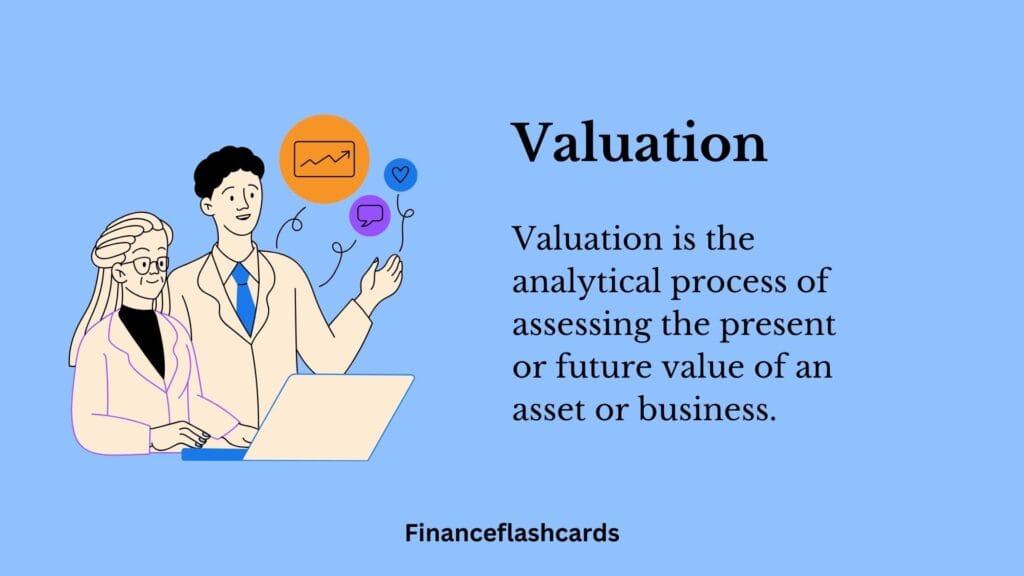To truly understand how the stock market interacts with business performance, let’s look at a few examples. Take Infosys, the software giant in India. After going public, the company experienced massive revenue growth, which naturally led to a rise in its stock price. But as growth slowed in later years, its
earnings growth (EPS) stagnated, and so did its stock performance.
Similarly, we’re seeing a similar situation with HDFC Bank in 2024. While it once experienced explosive growth, the banking sector as a whole is facing stagnation. Market sentiment often views this negatively, even if the company is still fundamentally strong.
Another example is Varun Beverages, which went public in 2016. For several years, the stock didn’t perform well. But after the company launched a new product in 2021, its revenue grew significantly, and the stock price responded in kind. This shows that the market often reacts to new growth, but it can also overlook potential if it doesn’t immediately see it.
Humans are emotional creatures. As humans, we are naturally prone to making irrational decisions, especially in uncertain situations. One common bias is fear of missing out (FOMO), which often leads investors to buy stocks that have been underperforming simply because they appear “cheap.” This approach often ignores the underlying fundamentals of the business.
Another bias is loss aversion — the tendency to fear losses more than we value gains. This fear can result in holding on to losing investments for too long or selling off winning stocks too early. As Peter Lynch in his book said “cutting the flowers and watering the weeds”.
There’s also anchoring bias, where investors fixate on a certain number or data point, such as the price they originally paid for a stock, and fail to adjust their expectations when new information becomes available.
Overconfidence is another bias, where investors believe they know more than they actually do, leading them to take unnecessary risks.
Charlie Munger famously said, “The human mind is an incredible machine, but it’s filled with bugs.” These “bugs,” or biases, are what often get in the way of making rational investment decisions. The key is awareness — understanding these biases and working to minimize their impact.
The Mindset of a Value Investor
One of the first rules for value investors is to think of yourself as the owner of the business, not just as someone buying shares. As Munger puts it, “The big money is not in the buying and selling, but in the waiting.” Value investing is about patience. It’ss about being patient.
Warren Buffett famously said, “Be fearful when others are greedy, and greedy when others are fearful.” This is a reminder that the best opportunities often arise when others are too emotional, too fearful, or too greedy to make rational decisions.
Final Thoughts
In a world dominated by rapid market movements and emotional reactions, rationality is the cornerstone of successful investing. By focusing on intrinsic value, understanding the true nature of a business, and managing our biases, investors can navigate the complexities of the financial world with clarity and confidence. The teachings of Graham, Munger, and Buffett continue to provide invaluable guidance for anyone looking to invest wisely and successfully in the long term.

